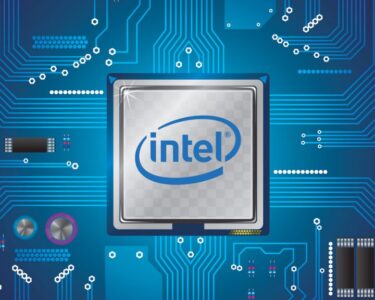In the fast-paced world of healthcare, the integration of artificial intelligence (AI) technologies has shown immense promise in transforming the practice of medicine. Researchers and developers are harnessing the power of AI to address various challenges in healthcare, making strides in improving patient outcomes, enhancing efficiency, and potentially reducing costs.
At the heart of this revolution are two main categories of AI tools: machine learning and natural language processing. Machine learning algorithms empower computers to learn from data, identify patterns, and make predictions. These algorithms can be trained on diverse data types, including medical images. On the other hand, natural language processing enables computers to understand and generate human language, transforming unstructured text into organized, machine-readable data. The latter category of AI tools, the large language models, holds particular promise in replicating interactions with healthcare providers.
In the realm of medical applications, AI technologies are following four distinct paths. First, large language models are being utilized in administrative functions such as processing medical claims and creating structured medical records. Amazon’s HealthScribe, for example, is a programmable interface that transcribes doctor-patient conversations, extracting vital medical information for efficient record-keeping.
The second path involves supervised machine learning, which enhances the interpretation of clinical data. Medical specialties like radiology, pathology, and cardiology have already embraced AI tools for image analysis, enabling quicker and more accurate diagnoses. AI software, like Google Brain AI, can analyze eye images to diagnose diabetic macular edema and diabetic retinopathy, contributing to preventing blindness.
The third path entails AI tools that rely on large language models to extract clinical information from patient-specific data, offering diagnoses or treatment suggestions to healthcare providers. Known as clinical decision support software, this technology acts as a smart assistant, supporting doctors in making informed decisions about patient care. IBM’s “Watson for Oncology” and Google Health’s DeepMind Health are prominent examples in this category.
The fourth and most ambitious path involves large language models operating autonomously, analyzing a patient’s entire medical record to diagnose conditions and prescribe treatments without the need for direct physician involvement. While there are only a few fully automated clinical language models at present, their potential impact is tremendous. However, the regulatory landscape poses significant hurdles to ensuring patient safety, as regulators are concerned about potential errors and the quality of data used for training.
The integration of AI in healthcare also holds promise in addressing Baumol’s theory of cost disease, which explains the rising costs in labor-intensive industries. Healthcare, being a labor-intensive sector, faces challenges in offsetting rising costs. By leveraging AI to automate tasks and enhance provider productivity, these technologies can potentially alleviate this economic dilemma.
Despite the remarkable progress, it is essential to recognize that AI technologies are not meant to replace healthcare providers entirely. Instead, they should complement their expertise, enhance decision-making, and improve patient care. As the capabilities of AI continue to evolve and the quality of training data improves, these tools will increasingly prove indispensable in the medical field.
While the full realization of fully autonomous AI systems in patient care may be some time away, the potential benefits they offer in terms of improved outcomes, cost-effectiveness, and streamlined workflows are worth pursuing. The future of medicine will undoubtedly be shaped by the symbiotic relationship between healthcare providers and these powerful AI tools, ultimately leading to better healthcare delivery for all.





